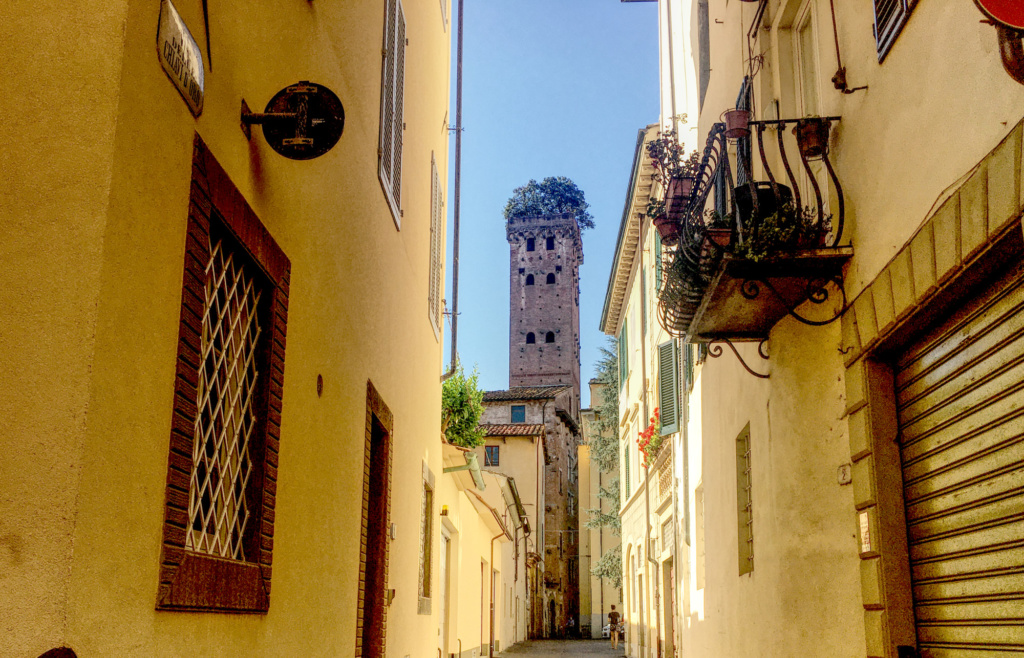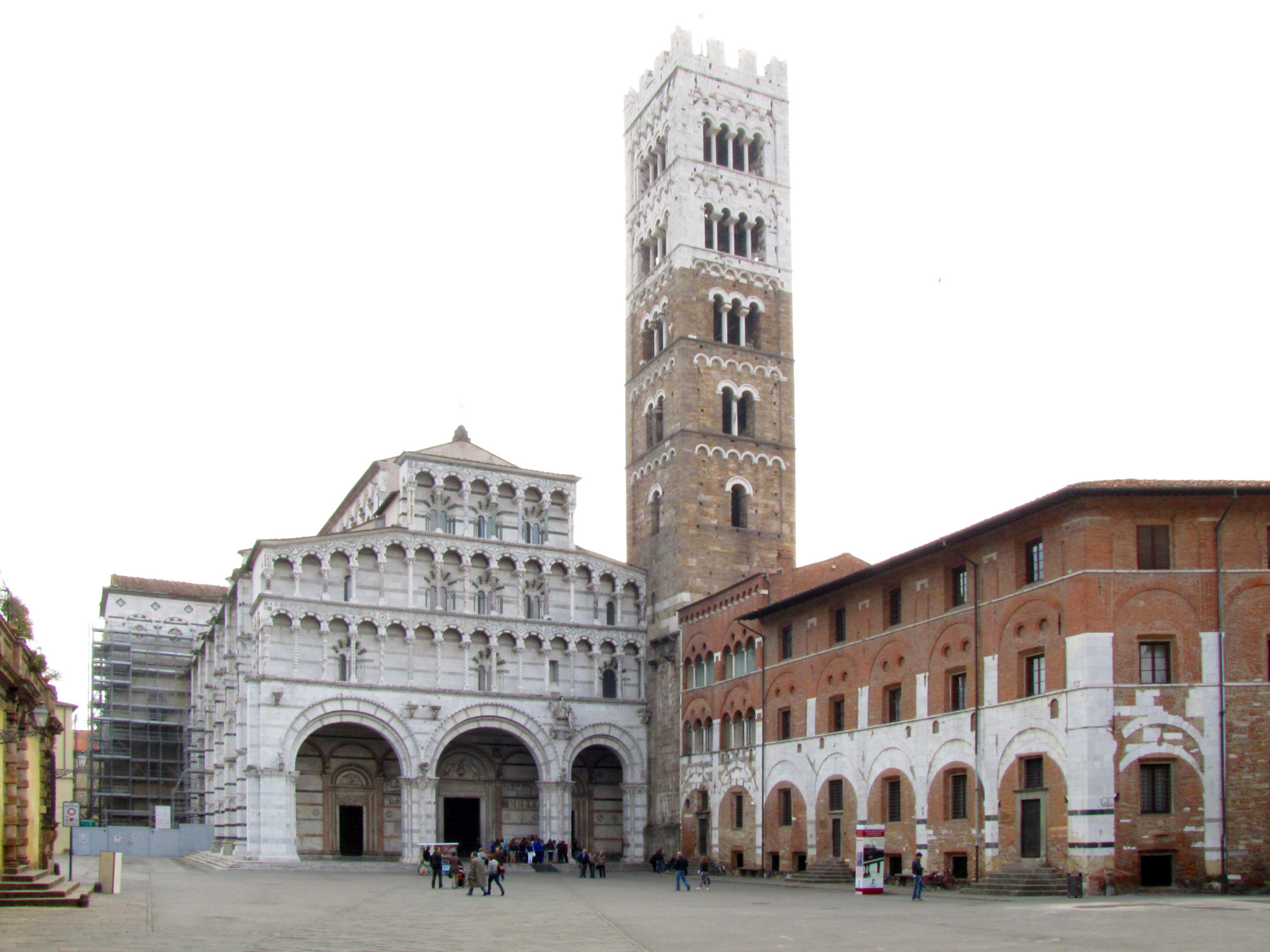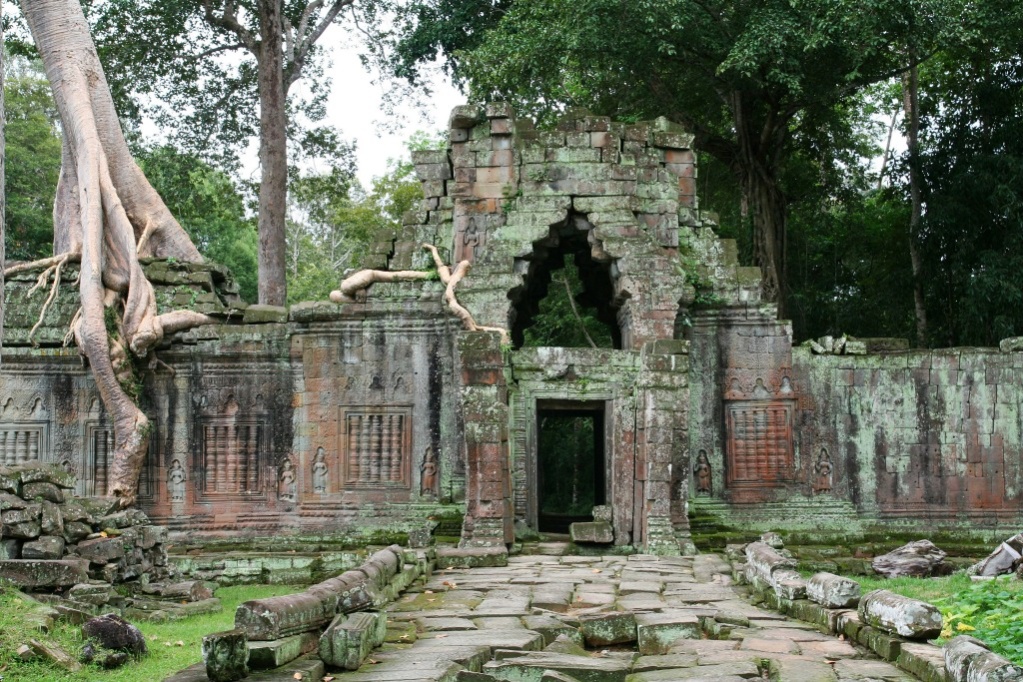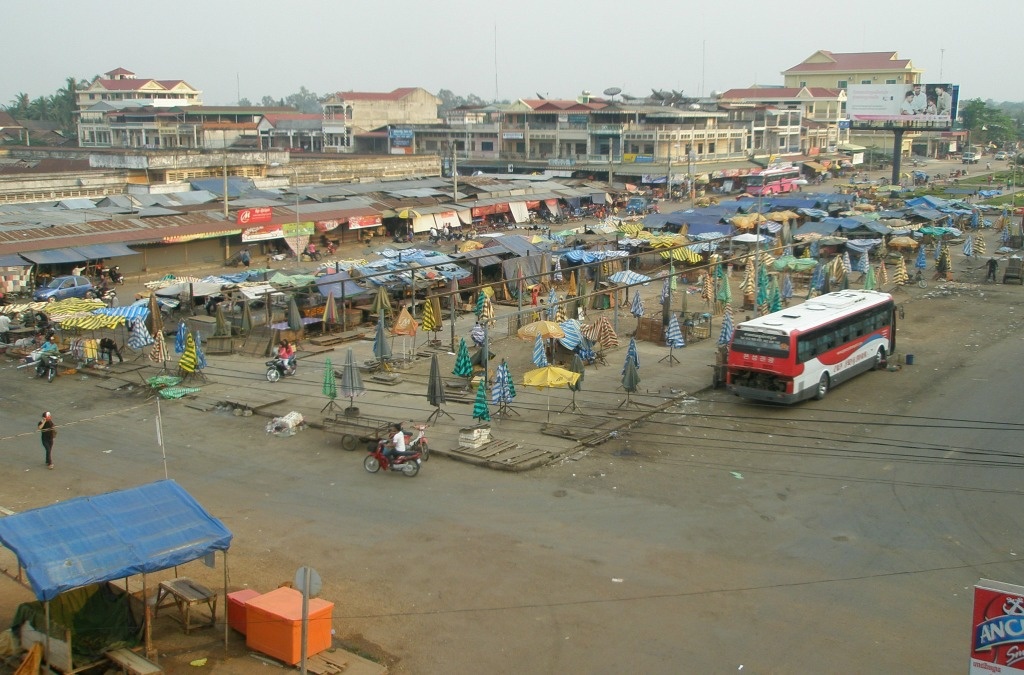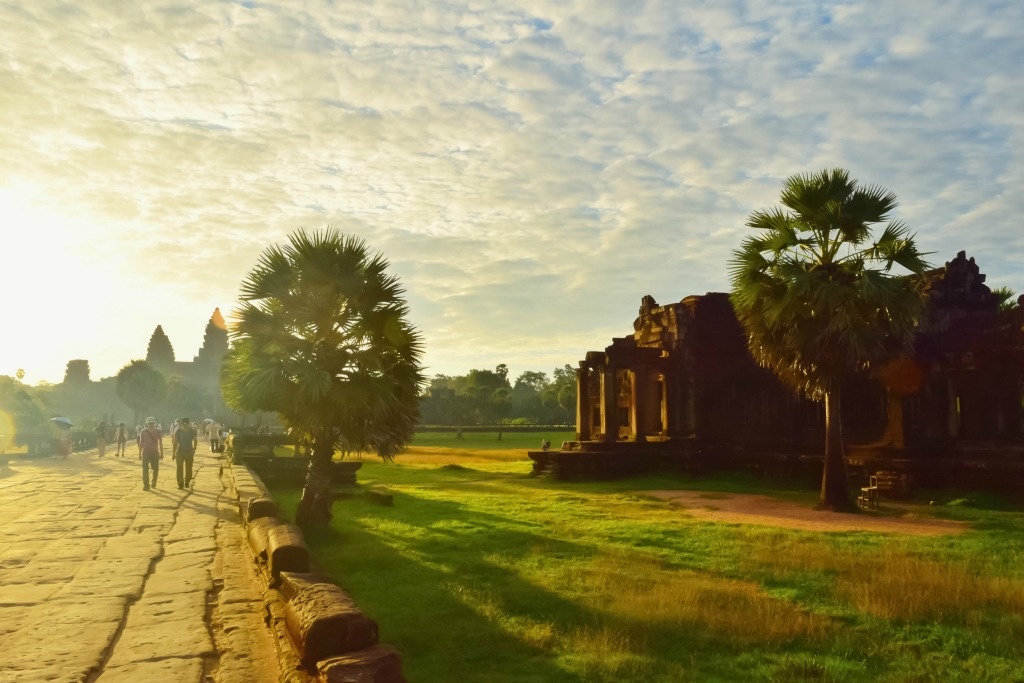Lucca Italy Travel Guide A Vagabond Life
Nestled in the heart of Tuscany, Lucca beckons travelers with its timeless allure and rich historical tapestry. This charming Italian town, encircled by well-preserved medieval walls, presents a captivating blend of cultural treasures, architectural splendors, and a laid-back ambiance that transports visitors to a bygone era. Lucca’s cobblestone streets wind through a maze of Renaissance-era buildings, offering glimpses of its storied past at every turn. Beyond the city’s architectural marvels, Lucca is celebrated for its vibrant piazzas, delectable cuisine, and the warmth of its locals, creating an inviting atmosphere that beckons explorers to immerse themselves in the heart of this Tuscan gem.
As you embark on this journey through our travel guide to Lucca, anticipate an exploration of the town’s well-preserved heritage, from the imposing Guinigi Tower to the exquisite Lucca Cathedral. Discover the charm of hidden gardens, savor culinary delights in family-run trattorias, and pedal along the city’s fortified walls for panoramic views. Whether you seek cultural enrichment, gastronomic delights, or leisurely strolls through captivating landscapes, Lucca promises an authentic Tuscan experience that lingers in the memory long after the journey concludes.
Lucca Italy Map
Getting To Lucca Italy
Air
Fly into Pisa International Airport (Galileo Galilei), the nearest major airport, located about 30 minutes from Lucca by train or car. Alternatively, Florence Airport (Peretola) is about an hour’s drive from Lucca.
Train
Take a train from major Italian cities like Florence, Pisa, or Rome directly to Lucca’s central train station, which is conveniently located near the historic city center.
Car
Rent a car and drive to Lucca, which is accessible via the A11 and A12 highways. Parking is available outside the city walls, as the historic center is largely car-free.
Getting Around Lucca Italy
Walking
Explore Lucca’s historic center on foot, as the town is compact and pedestrian-friendly. The narrow, cobblestone streets and charming piazzas are best enjoyed at a leisurely pace.
Biking
Rent a bike to cycle around the city’s well-preserved Renaissance walls. The broad, tree-lined path on top of the walls offers scenic views of the city and surrounding countryside. Biking is also a great way to explore the rest of the city.
Local Buses
Use Lucca’s local bus service, operated by VaiBus, to reach areas outside the city center or to connect with nearby towns. Tickets can be purchased at newsstands, tobacco shops, or on the bus.
Taxis
Hail a taxi from designated taxi stands or call for one, as they are available throughout the city. Taxis are a convenient option for getting to destinations outside of the city walls.
Car
While the historic center is largely car-free, renting a car can be useful for exploring the surrounding Tuscan countryside or nearby towns. Parking is available outside the city walls in designated lots and garages.
Things To See & Do In Lucca Italy
Walk on the Walls
Walking on the ancient walls of Lucca is a unique and enchanting experience that offers a glimpse into the town’s rich history. Encircling the entire historic center, the Renaissance-era walls provide a scenic promenade with tree-lined paths and expansive views of Lucca’s red-tiled rooftops. Strolling atop the walls, visitors can appreciate the well-preserved architecture and lush greenery, creating a peaceful atmosphere. The elevated vantage point allows for a leisurely exploration of this charming Tuscan town, offering both locals and tourists a delightful perspective on Lucca’s beauty and historical significance.
Chiesa San Michele
Chiesa San Michele, situated in the heart of Lucca, Italy, stands as a testament to the city’s rich artistic and religious heritage. Originally constructed in the 8th century, the church underwent numerous renovations over the centuries, resulting in a striking blend of architectural styles, from Romanesque to Gothic. The façade, adorned with intricate sculptures, showcases the influence of local artisans and master sculptors. The highlight of Chiesa San Michele is the exquisite marble archangel statue on the church’s summit, crafted by the renowned artist Matteo Civitali in the 15th century. This masterpiece, known as the Volto Santo, holds profound religious significance for the people of Lucca, symbolizing both faith and artistic achievement. As visitors step into the church, they are greeted by a serene interior adorned with frescoes and sculptures, inviting contemplation and appreciation for the historical and cultural legacy that Chiesa San Michele embodies
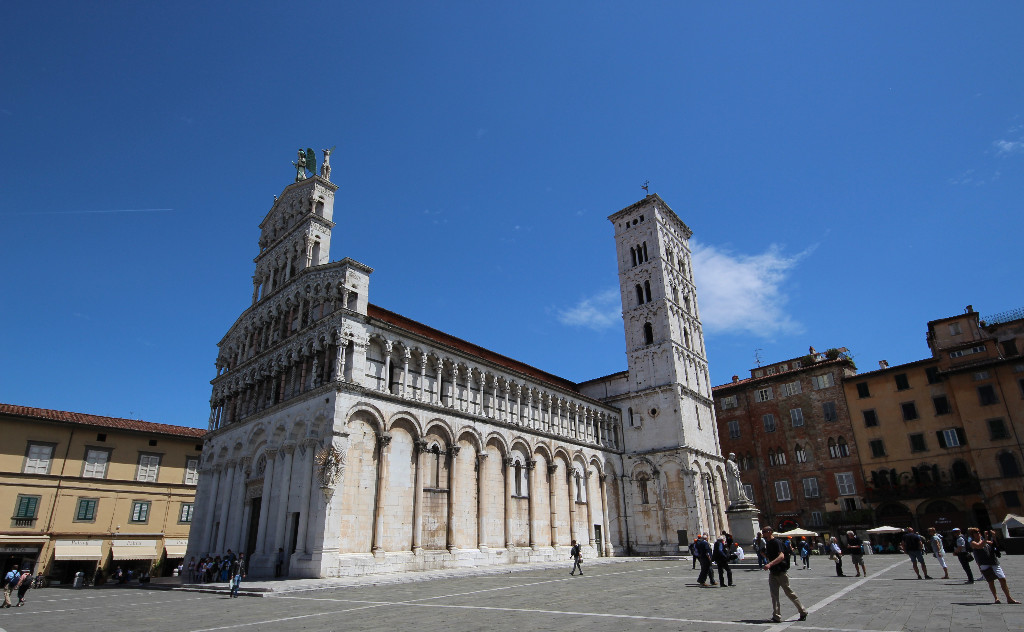

Casa Museo Puccini
Casa Museo Puccini in Lucca, Italy, is a cultural gem that provides a glimpse into the life and creative sanctuary of one of the world’s most celebrated opera composers, Giacomo Puccini. Housed in the villa where Puccini was born in 1858, the museum offers a unique and intimate experience for music enthusiasts. Exhibits showcase personal artifacts, manuscripts, and mementos, creating a vivid portrait of Puccini’s daily life and artistic process. Visitors can explore the charming rooms where the composer spent his formative years, gaining insights into the surroundings that inspired timeless operas such as “La Bohème” and “Madama Butterfly.” The museum’s tranquil gardens and the nearby Church of San Michele in Foro, where Puccini’s family has a chapel, add to the immersive experience, making Casa Museo Puccini a must-visit destination for those seeking to delve into the legacy of this musical maestro.
Piazza Anfiteatro
Piazza dell’Anfiteatro, nestled in the heart of Lucca, Italy, is a captivating elliptical-shaped square that bears witness to the city’s ancient Roman past. Built on the remains of a Roman amphitheater, this unique space retains the original oval layout, creating an enchanting setting surrounded by vibrant shops, cafes, and medieval buildings. Dating back to the 2nd century AD, the amphitheater once hosted gladiator contests and public events. Over the centuries, the structure transformed into a bustling market square and eventually into the charming piazza we see today. The picturesque architecture, lively atmosphere, and historical resonance make Piazza dell’Anfiteatro a focal point for both locals and visitors, offering a harmonious blend of antiquity and modern-day vibrancy in the heart of Lucca.
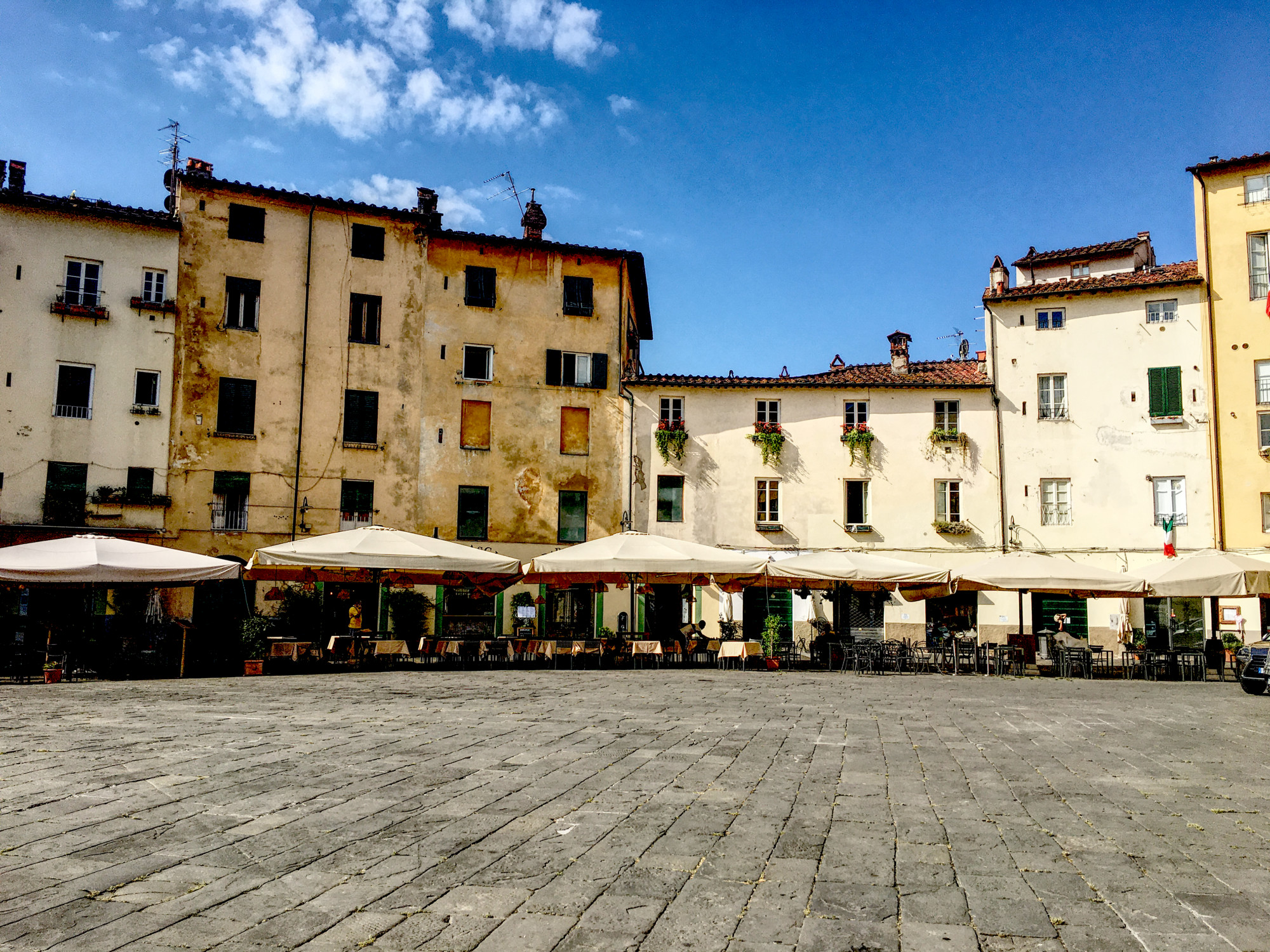
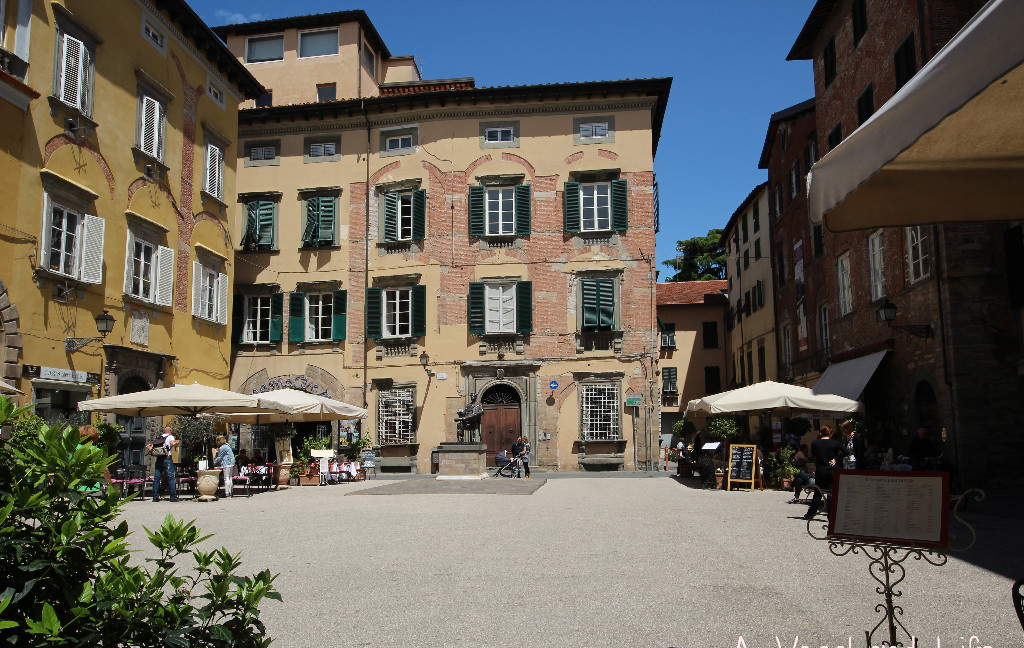
Torre Guinigi
The Torre Guinigi in Lucca, Italy, stands as a distinctive symbol of the city’s medieval splendor. Completed in the 14th century, this towering structure is renowned for its unique rooftop garden adorned with holm oaks, a feature that sets it apart from other Italian towers. Originally built by the wealthy Guinigi family as a symbol of their power and influence, the tower reaches a height of 45 meters, offering panoramic views of Lucca’s charming skyline and the surrounding Tuscan landscape. Climbing the 230 stairs to the top rewards visitors with a breathtaking vista of red-tiled roofs and the picturesque landscape beyond, providing a tangible link to Lucca’s storied past and a testament to the city’s architectural ingenuity.
Cattedrale di San Martino
The Cattedrale di San Martino, or Lucca Cathedral, is a magnificent testament to the city’s rich spiritual and artistic heritage. Dating back to the 6th century, the cathedral has undergone various transformations, resulting in a captivating blend of Romanesque and Gothic architectural styles. Its stunning façade, adorned with intricate sculptures, introduces visitors to the wealth of art and history housed within. The interior is a treasure trove, featuring notable works such as the Volto Santo, a revered wooden crucifix, and the elaborate tomb of Ilaria del Carretto sculpted by Jacopo della Quercia. The cathedral’s exquisite marble pulpit, designed by Guidetto da Como, is a masterpiece of medieval sculpture. As visitors explore this sacred space, they are immersed in the spiritual and artistic legacy that defines Lucca, making the Cattedrale di San Martino an integral part of the city’s cultural tapestry.
